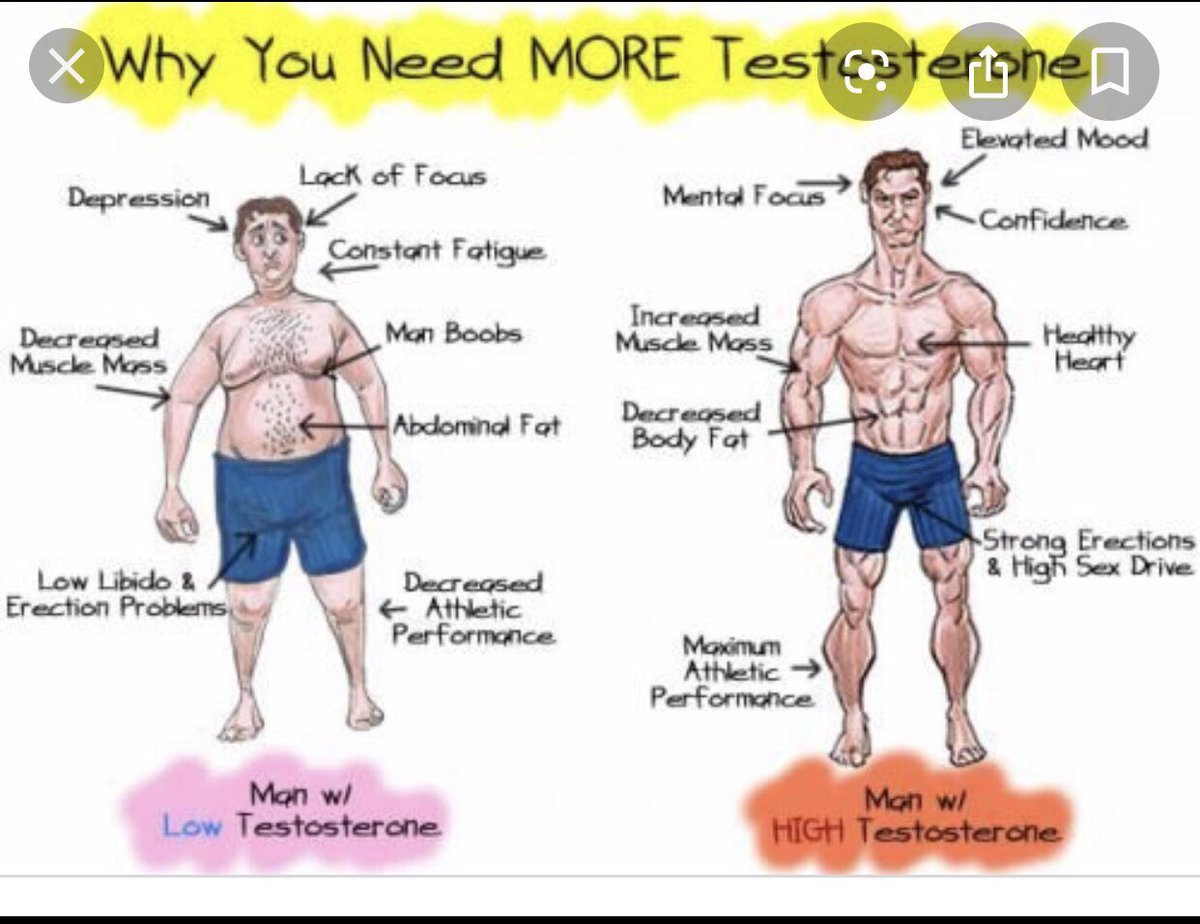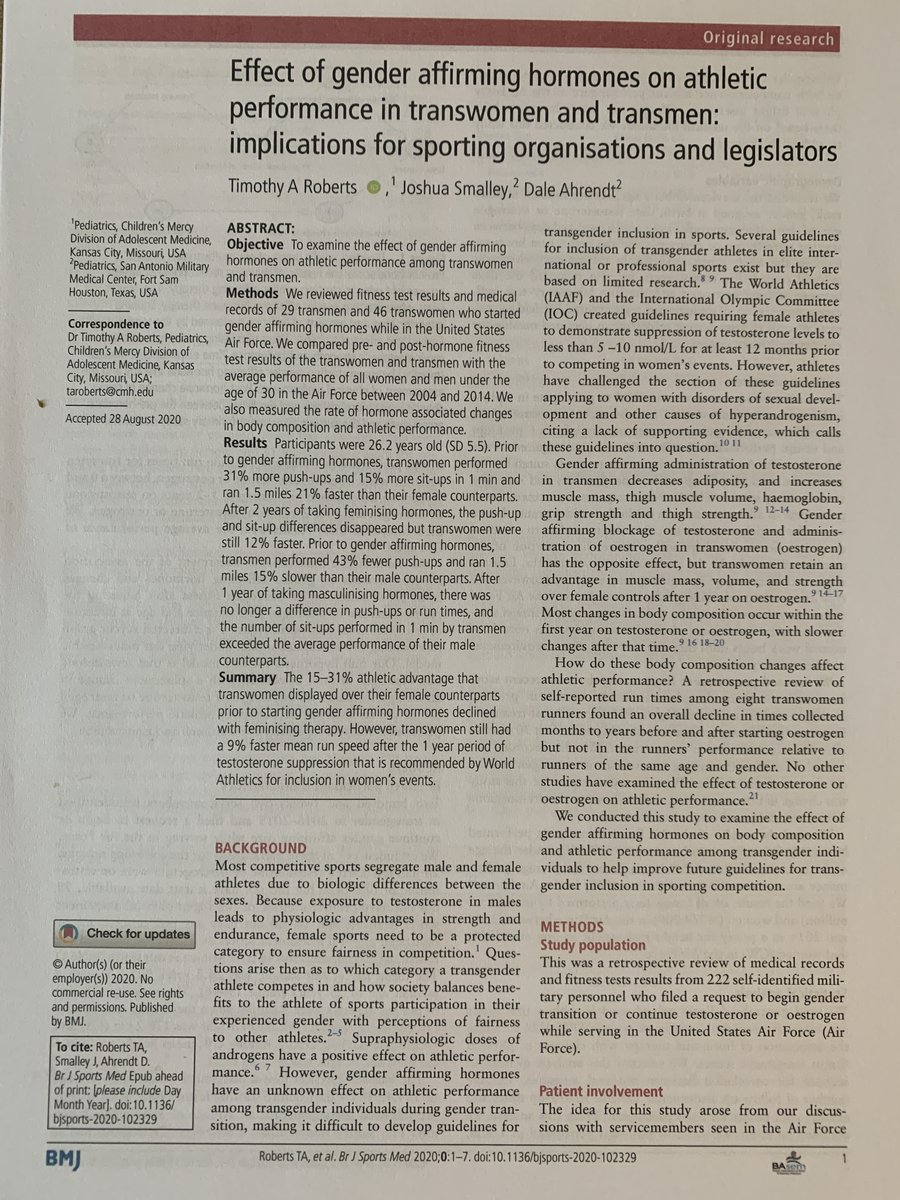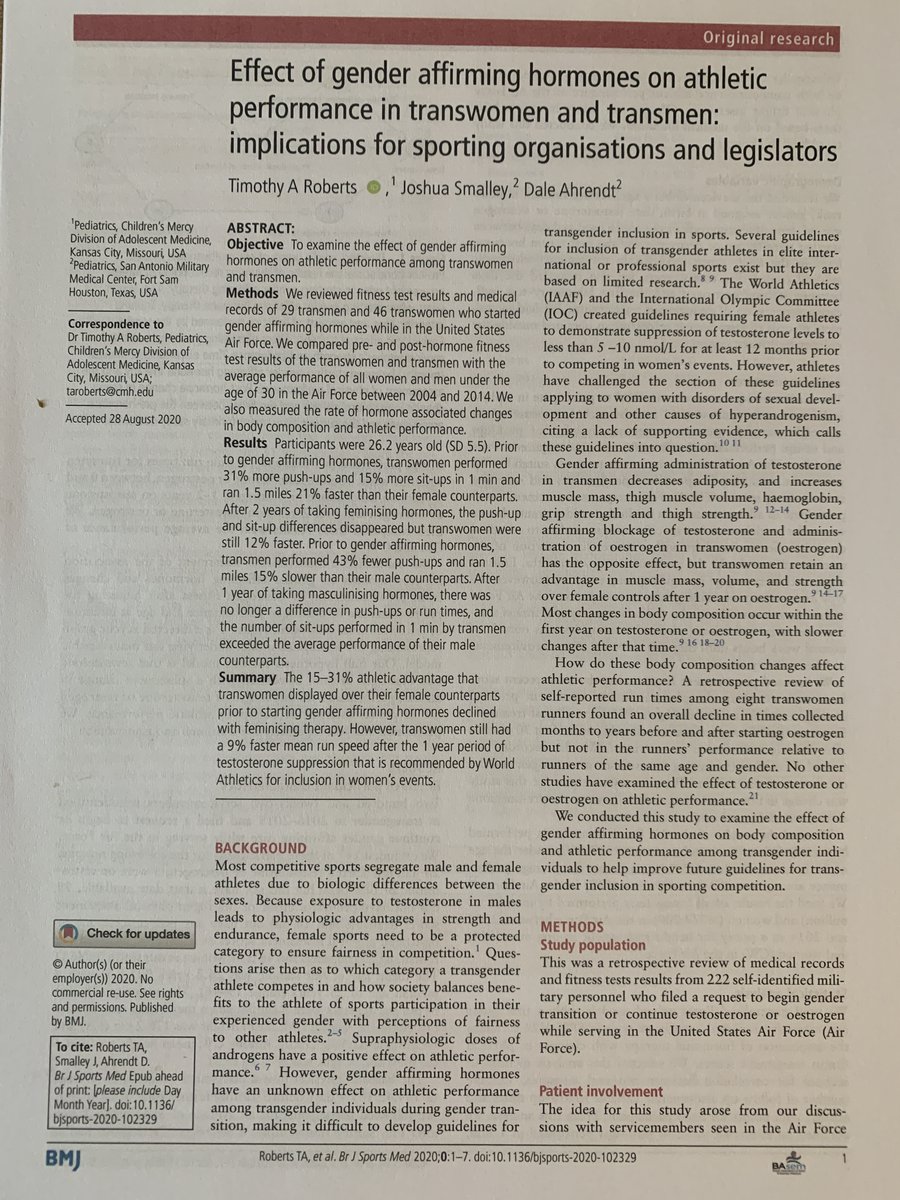https://t.co/iK6vmw9ixz
Here follows my quick first thoughts of Roberts et al., 2020.
I predict this paper will generate much discussion over the coming weeks and months.

Highly-active people, albeit not specifically-trained athletes. Mean age 26.6 yrs +/- 5.5 yrs.
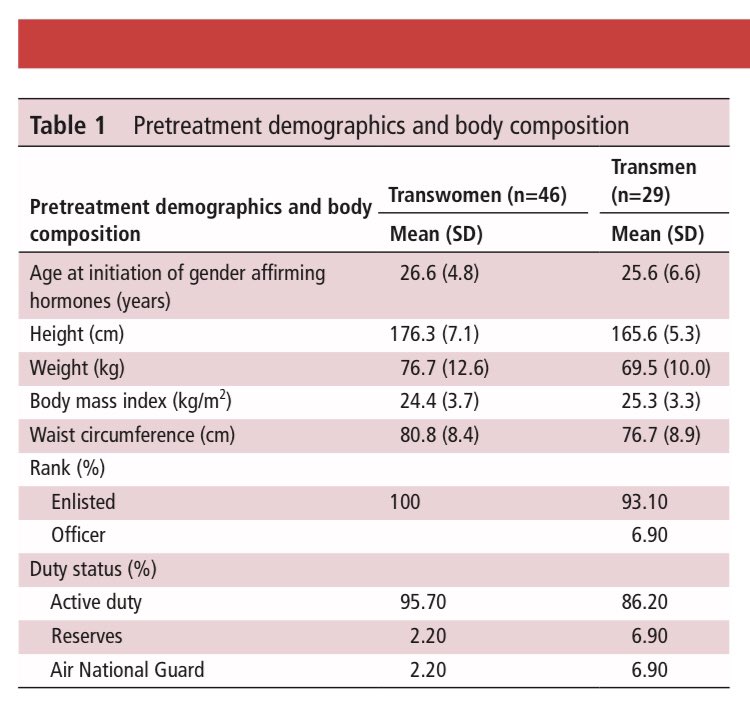
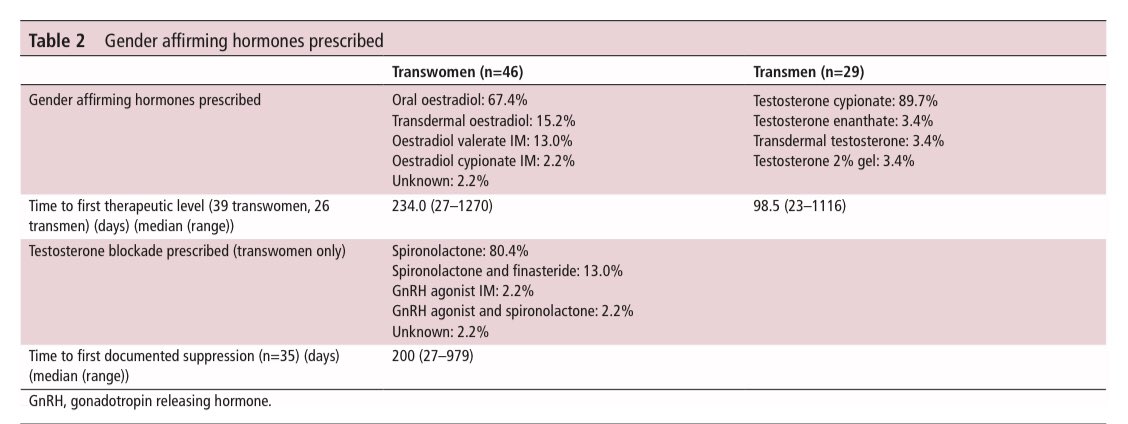
The performance of TW/TM over 30 months of treatment was retrieved from official records and compared with pre-treatment “baseline” performance.
(I think I’m reading that correctly...)
TW were weaker than control men (CM) pre-treatment and throughout transition. The authors speculate this may be explained by aversion to upper body training and its aesthetic outcomes.
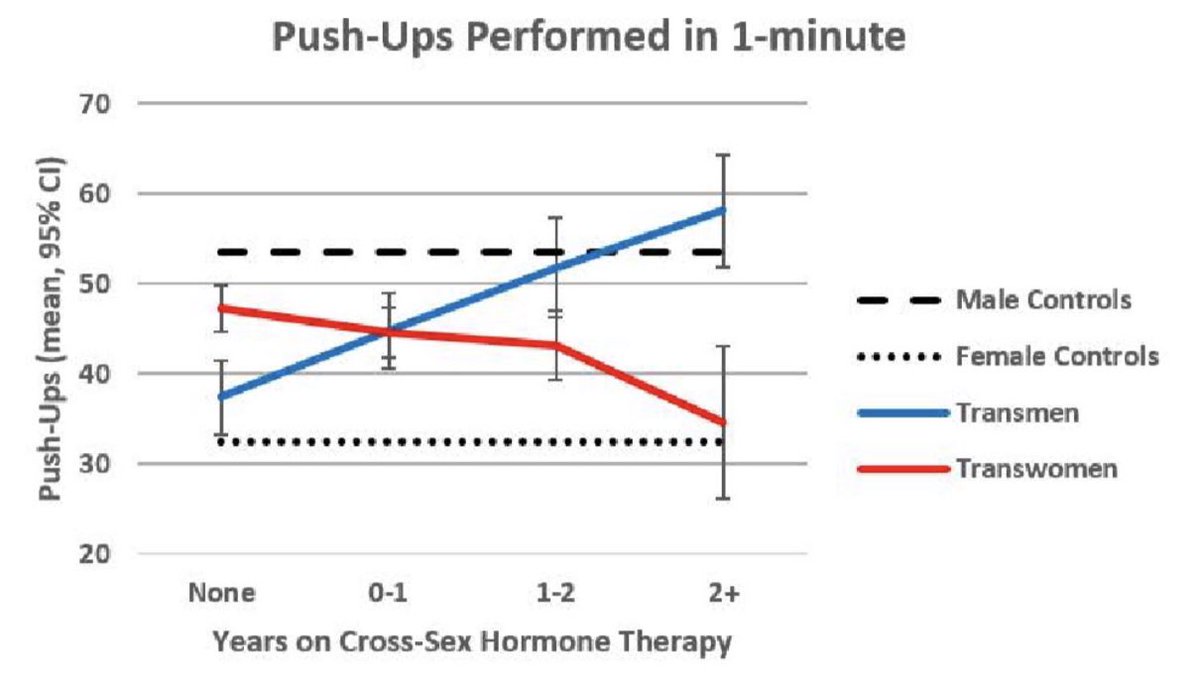
TW were equivalent to CM pre-treatment and to 2 yrs of transition. The authors argue that there is no clear aversion to abdominal training and its effect on body shape.

This is where it gets really interesting. While TW clearly lose speed from baseline, they appear to recover some speed after 2yrs.

Note: ‘weak’ is relative. These females are pretty hardcore :)
The push-up/sit-up data are interesting. These fitness tests come with targets that must be reached and the targets are different for males and females. My first question is therefore: after 2 yrs of transition, are TW are being set female targets?
Is it possible the apparent sharp drop off in performance is actually an artifact of the test conditions?
Are CM not bothering more than necessary, while TM go the extra mile? The authors also speculate that, again for aesthetic reasons, TM may train - hard - and thus, genuinely outperform CM. I’m not convinced.
Could be mirrored in TM?
1. TW are genuinely losing all their muscular endurance advantage after 2 yrs, in which case the running data shows it is impossible to undo the benefits of a male skeleton.
I’d argue that, when viewed as part of the ever-increasing body of knowledge, there is a retained strength advantage *and* unaltered skeletal advantage.
Thus, this study presents far more robust running data than that of Harper 2015.
More from Emma Hilton
Fitness data from over 85k AUS children aged 9–17 yrs showed that, compared with 9 yr females, 9 yr males were 9.8% faster in sprints, 16.6% faster over 1 mile, could jump 9.5% further, could complete 33% more push-ups in 30 s and had 13.8% stronger grip.
@BARBARABULL11 @boysvswomen @cbrennansports @Martina @devarona64 Here is my full description of that data.
Example:
1.6km timed run (CV endurance)
The *best* 17 yr old girls are matched by *average* 17 yr old boys, and beaten, by some measure, by the best 9 yr old
Here is summary data from Catley and Tomkinson, 2012, who collated performance data from 85347 Australian schoolchildren aged 9-17 years old. pic.twitter.com/qKdxqywpoq
— Emma Hilton (@FondOfBeetles) November 19, 2020
@BARBARABULL11 @boysvswomen @cbrennansports @Martina @devarona64 Male advantage of a similar magnitude was detected in a study of Greek children, where, compared with 6-year-old females, 6-year-old males completed 16.6% more shuttle runs in a given time and could jump 9.7% further from a standing
@BARBARABULL11 @boysvswomen @cbrennansports @Martina @devarona64 In terms of aerobic capacity, 6- to 7-year-old males have been shown to have a higher absolute and relative (to body mass) VO2max than 6- to 7-year-old
@BARBARABULL11 @boysvswomen @cbrennansports @Martina @devarona64 Pre-puberty performance differences are not negligible, and could be mediated, to some extent, by genetic factors and/or activation of the hypothalamic–pituitary–gonadal axis during the neonatal period, sometimes referred to as “minipuberty”.
More from Transgender
Sport in a way made my transgender self so much harder because the more well-known I become, the more difficult it become to come out as who I truly was.
— Kirsti Miller (@KirstiMiller30) July 1, 2020
2- pic.twitter.com/I7hgkLPAQa
It appears that every time an under-age Transgender person attempts to access medical care to make their lives better conservative people try to say they’re not ready for it.
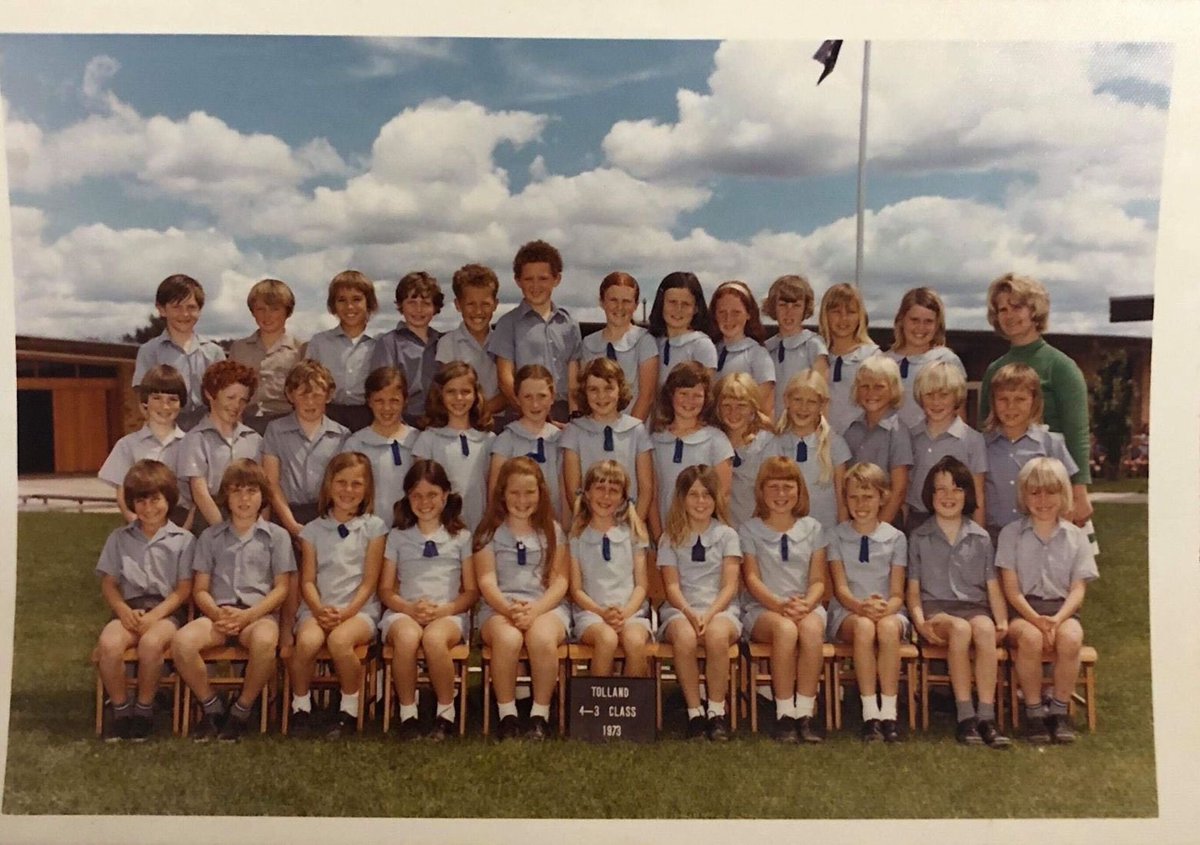
As an older transgender woman who waited until I my mid 30’s due to those same prevailing attitudes, I feel it’s sad right-wing people are still trotting out those same tired old lines.
According to them, we’re too young to know our gender pre-pubescent and when we start undergoing a puberty which doesn’t align with our gender identity apparently we’re still far too young to access puberty blockers to make the masculinisation process go away.
These people only want us to access medical care after the age of 18 and that’s when it’s far too late for many Trans women, as the whole masculinisation process [which we didn’t want in the first place] has already happened.
You May Also Like
Covering one of the most unique set ups: Extended moves & Reversal plays
Time for a 🧵 to learn the above from @iManasArora
What qualifies for an extended move?
30-40% move in just 5-6 days is one example of extended move
How Manas used this info to book
The stock exploded & went up as much as 63% from my price.
— Manas Arora (@iManasArora) June 22, 2020
Closed my position entirely today!#BroTip pic.twitter.com/CRbQh3kvMM
Post that the plight of the
What an extended (away from averages) move looks like!!
— Manas Arora (@iManasArora) June 24, 2020
If you don't learn to sell into strength, be ready to give away the majority of your gains.#GLENMARK pic.twitter.com/5DsRTUaGO2
Example 2: Booking profits when the stock is extended from 10WMA
10WMA =
#HIKAL
— Manas Arora (@iManasArora) July 2, 2021
Closed remaining at 560
Reason: It is 40+% from 10wma. Super extended
Total revenue: 11R * 0.25 (size) = 2.75% on portfolio
Trade closed pic.twitter.com/YDDvhz8swT
Another hack to identify extended move in a stock:
Too many green days!
Read
When you see 15 green weeks in a row, that's the end of the move. *Extended*
— Manas Arora (@iManasArora) August 26, 2019
Simple price action analysis.#Seamecltd https://t.co/gR9xzgeb9K
(I am forced to do this due to continuous hounding of Sikh Extremists since yesterday)
Rani Jindan Kaur, wife of Maharaja Ranjit Singh had illegitimate relations with Lal Singh (PM of Ranjit Singh). Along with Lal Singh, she attacked Jammu, burnt - https://t.co/EfjAq59AyI

Tomorrow again same thing happens bcoz fudus like you are creating a narrative oh Khalistan. when farmers are asking MSP. (RSS ki tatti khane wale Kerni sena ke kutte).
— Ancient Economist (@_stock_tips) December 5, 2020
U kill sikhs in 1984 just politics. To BC low IQ fudu Saale entire history was politics.
Hindu villages of Jasrota, caused rebellion in Jammu, attacked Kishtwar.
Ancestors of Raja Ranjit Singh, The Sansi Tribe used to give daughters as concubines to Jahangir.

The Ludhiana Political Agency (Later NW Fronties Prov) was formed by less than 4000 British soldiers who advanced from Delhi and reached Ludhiana, receiving submissions of all sikh chiefs along the way. The submission of the troops of Raja of Lahore (Ranjit Singh) at Ambala.
Dabistan a contemporary book on Sikh History tells us that Guru Hargobind broke Naina devi Idol Same source describes Guru Hargobind serving a eunuch
YarKhan. (ref was proudly shared by a sikh on twitter)
Gobind Singh followed Bahadur Shah to Deccan to fight for him.

In Zafarnama, Guru Gobind Singh states that the reason he was in conflict with the Hill Rajas was that while they were worshiping idols, while he was an idol-breaker.
And idiot Hindus place him along Maharana, Prithviraj and Shivaji as saviours of Dharma.







